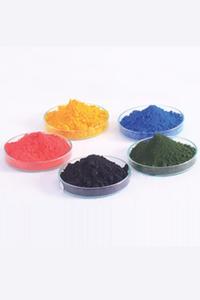Why is Ceramic Membrane required in Wastewater Treatment?

The ceramic membranes are commonly used in water and wastewater treatment due to the wide range of benefits. It has become a superior alternative to conventional water treatment technologies, with several flaws. After the 1990's, the market share of the ceramic membrane became more than 80%. Here we will discuss the application of ceramic membrane technology in wastewater filtration. What is a Ceramic Membrane? The ceramic membrane is a separation membrane that is made of ceramic material. It is produced by mixing inorganic raw materials additives after molding and calcination in the high-temperature ranges. With a porosity greater than 30% and an average pore size of 1~10μm, this technology seems to be the perfect way of water filtration. Based on the filtration method and pore size, there are flat ceramic membranes, roll ceramic membranes, hollow fiber ceramic membranes, and tubular ceramic membranes. Application of Ceramic Membranes in Wastewater The rapid increase in ...

